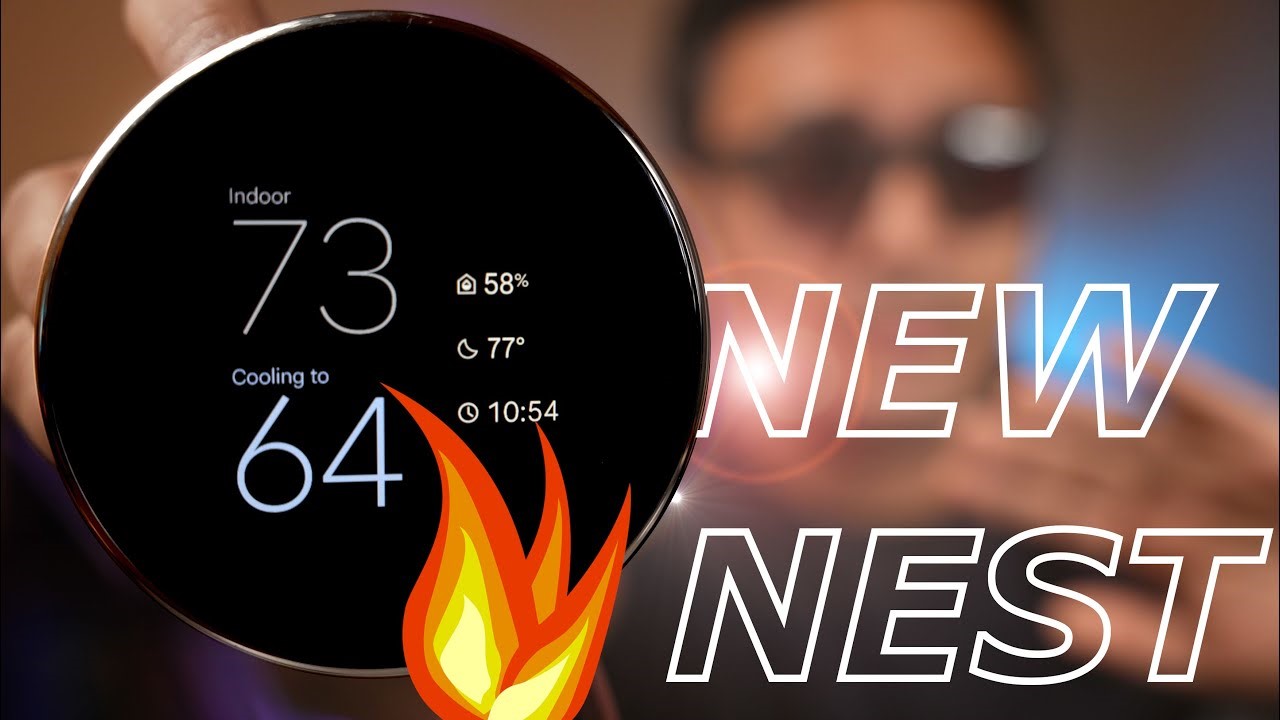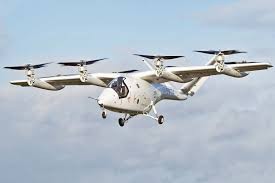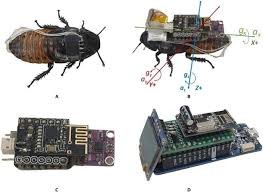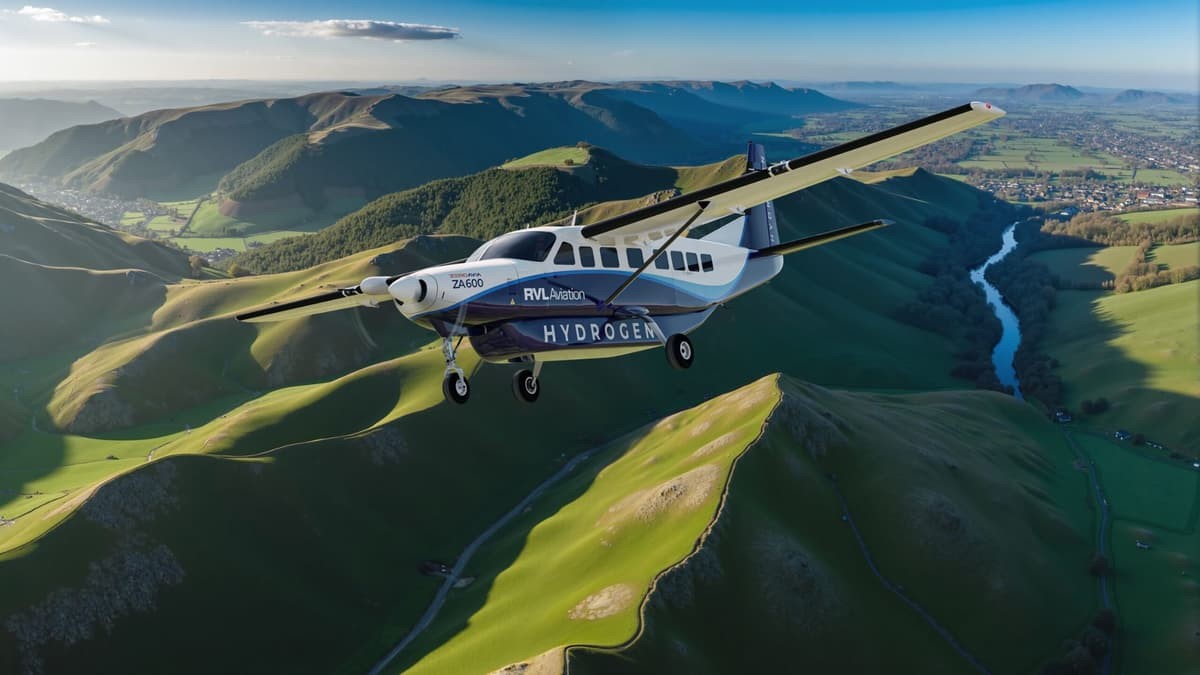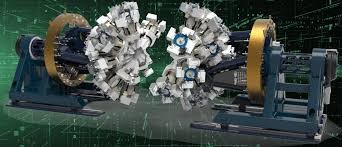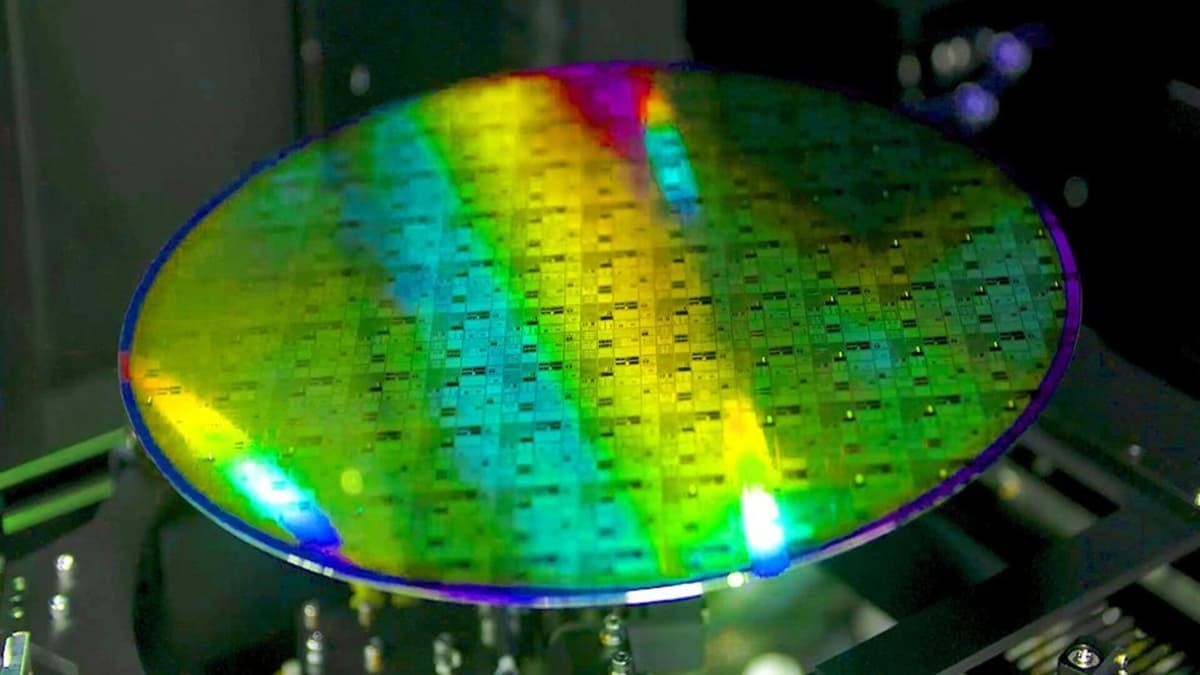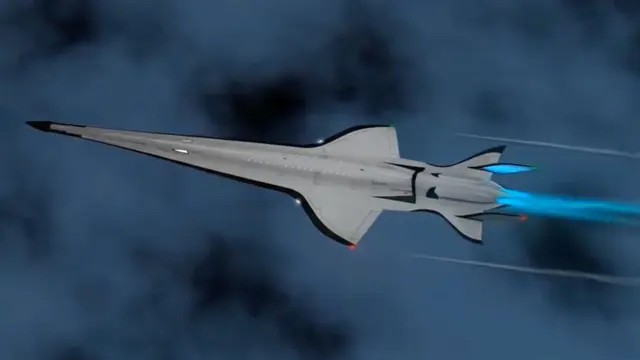China Asserts That Its FPV Drone Algorithm Outperforms Top Human Pilots in Executing Aerobatic Maneuvers
During testing, the AI-powered drones successfully navigated tight obstacle courses with hummingbird-like precision, achieving a 100% success rate—far surpassing the 12.5% rate of a human pilot.
Chinese scientists claim to have developed a breakthrough algorithm that enables first-person-view (FPV) drones to autonomously perform aerobatic Maneuvers with greater precision and agility than even the most experienced human pilots.
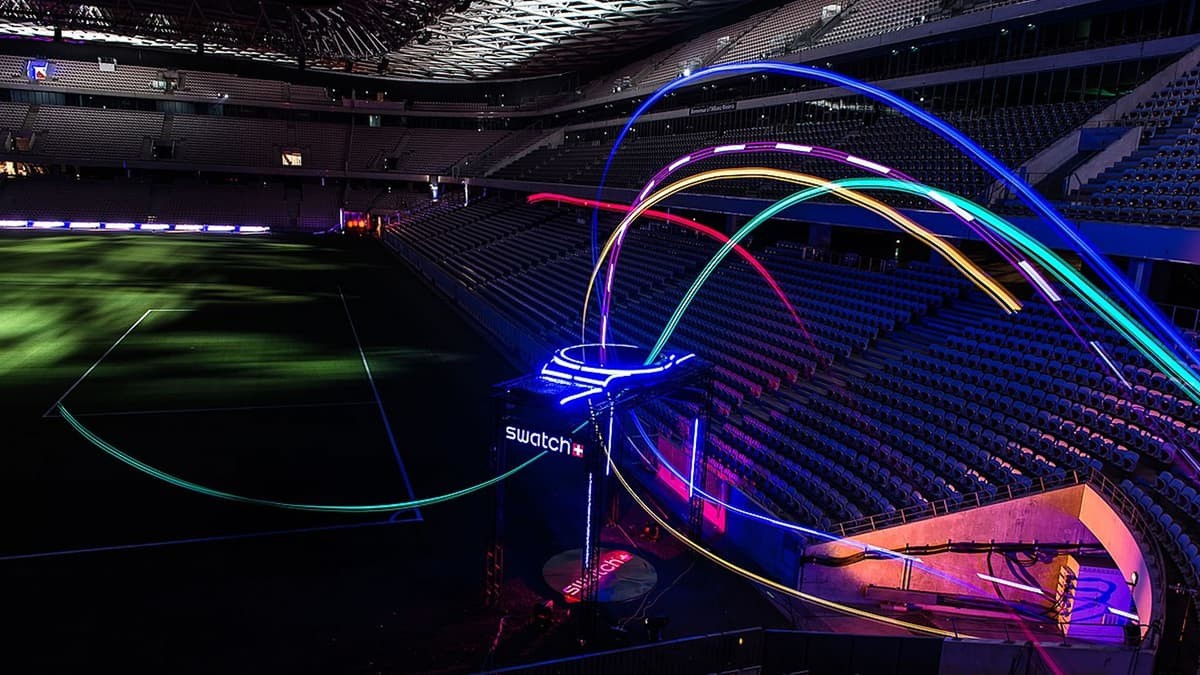
Figure 1. Drone Race.
Inspired by the flight patterns of sparrowhawks, falcons, and bats, the new artificial intelligence (AI) system reportedly allows drones to execute high-speed, high-risk movements typically reserved for elite operators. Figure 1 shows Drone Race.
While traditional FPV performance enhancements focus on upgrading hardware like motors and sensors, the Chinese team instead prioritized intelligent software. By developing advanced motion planning and decision-making algorithms, they aimed to push the limits of drone agility and responsiveness.
“This biologically inspired approach—turning risky Maneuvers into survival advantages—has the potential to redefine how drones fly,” said Gao Fei, an associate professor at Zhejiang University, in an interview with the South China Morning Post.
Giving drones intelligent autonomy
The core of the new AI system consists of two main components. First, a motion-intent translator converts pilot instructions—like flips or rolls—into specific, executable drone actions. Second, a risk-reward evaluator balances safety, energy efficiency, and performance to guide the drone’s decisions.
“Rather than just enhancing hardware, we focused on whether the Maneuvers themselves are planned logically,” Gao explained. “We’ve shown that quadrotor drones can perform sophisticated flight patterns and exhibit elegant control using just smart algorithms—without needing any hardware upgrades.”
Even more impressively, the AI-powered drones can operate autonomously without GPS or remote human input. In real-world tests, they flew through tight and complex obstacle courses—sometimes inverted—with precision likened to the agility of a hummingbird.
In a direct head-to-head test against a professional drone pilot, the algorithm achieved a flawless 100% completion rate, compared to the human’s 12.5% success rate.
“We believe aerobatic capabilities will improve a drone’s adaptability in complex environments, enhancing performance in real-world applications,” Gao noted.
Broader implications: from cinema to combat
The AI-enabled drones were also able to perform smoother and more compact maneuvers with shorter recovery times, opening up possibilities far beyond drone racing.
Such advanced aerial agility could benefit military operations, allowing drones to navigate urban environments or dense forests while avoiding detection and striking with high precision. Search and rescue missions in hazardous areas—like collapsed structures or volcanic regions—could also benefit from this tech.
Reference:
- https://interestingengineering.com/innovation/china-new-fpv-drone-algorithm-beat-pilots
Cite this article:
Keerthana S (2025), China Asserts That Its FPV Drone Algorithm Outperforms Top Human Pilots in Executing Aerobatic Maneuvers, AnaTechMaz, pp.318



